10+ Years Experience
Specialist Horse Menages

Imagine the perfect equestrian arena, tailored to your specific needs, offering a safe and enjoyable riding experience for both you and your horse. The key to building such an arena lies in the equestrian arena groundworks.
In this article, you will learn about essential groundwork steps, choosing the right materials, costs, and complying with planning permission and regulations.
Let’s embark on this journey to create a top-notch equestrian arena that will not only impress riders but also provide a safe and comfortable environment for your horses.
Constructing a high-quality equestrian arena starts with proper groundwork.
A well-designed horse riding arena requires careful site assessment, excavation, levelling, and drainage installation.
Each of these steps plays a crucial role in ensuring a stable and safe horse riding experience.
Moreover, the size of the arena should be determined based on the intended use and budget, ensuring the quality of materials and construction teams is not compromised.
With expert horse arena construction, riders can enjoy a top-notch riding experience.
A three-bar post and rail system is a recommended fencing option for equestrian arenas, with bars affixed to the interior of the fencing posts.
This not only provides a functional barrier, but also enhances the overall aesthetics of the finished arena.
The base layer should be no less than 25cm thick when compacted to ensure a stable riding surface.
Now, let’s dive deeper into each of these essential groundwork steps.
Site assessment is critical for evaluating location, access, ground conditions, and possible obstructions before initiating the construction process.
A secure and steady riding surface is vital for the safety and performance of both the rider and the horse, and it all begins with choosing the right location.
Moreover, proper lighting is essential as inadequate lighting can be distracting to horses and impede their visibility, ultimately diminishing the quality of performance.
A recommended average light level is 100lux. Additionally, a uniformity of 0.5 should be maintained for jumping.
Constructing on secure ground is equally important, as it makes ground preparation more cost-effective.
Angular sand is the most advantageous footing for horses, ensuring a firm yet comfortable surface to ride on.
By carefully assessing the site, you can ensure that your equestrian arena will be both safe and durable, providing the perfect environment for training and competing.
The excavation process plays a significant role in equestrian arena construction, involving marking out the area and levelling the site to ensure a secure and reliable riding surface.
The initial step is to remove the topsoil to reveal the subsoil, which serves as the foundation for the entire arena.
A geotextile membrane is then used as a stabilising layer to prevent the mixing of the top layer with the underlying soil and to prevent pitting and puddling.
This ensures that the arena remains structurally sound and provides a consistent, level surface for riding.
Proper excavation and levelling are essential for a well-built and long-lasting horse menage construction, especially when creating an equestrian existing arena.
Drainage is a critical element of any construction project, particularly horse arenas and sand schools.
A well-designed drainage system, such as the ‘Herringbone Drainage System’, ensures that the arena remains free from waterlogging and maintains adequate hydration levels.
Proper drainage also helps maintain the original excavation level and contributes to the overall stability of the riding surface.
Common methods for discharging water from the drainage system include a soakaway system or a regular ditch.
It is essential to adhere to local regulations for water discharge and ensure that your arena’s drainage system is designed to protect the environment while maintaining a safe and comfortable riding surface.

Selecting the appropriate materials for your equestrian arena’s sub-base and geotextile membranes is crucial for ensuring a stable and durable riding surface.
The right combination of materials will not only provide an enjoyable riding experience, but also contribute to the longevity of your arena.
Silica sand is a popular choice due to its sub-angular-shaped grain particles and low clay and silt content, which ensure proper drainage and minimal dust.
Mixing rubber or fibre with silica sand is also recommended for an optimal riding surface.
Let’s delve into the specifics of choosing the right materials for your arena base, including sub-base materials and geotextile membranes.
Ideal materials for the sub-base layer include crushed stone such as crumbled limestone, which serve as an excellent sub-base material.
The purpose of the sub-base is to mitigate water pressure on the drainage system below by trapping water during periods of heavy rainfall.
A recommended depth for sub-base installation is six inches, providing a stable foundation for your arena.
By carefully selecting the right materials for your sub-base layer, you’ll create a stable and durable foundation for your equestrian arena, ensuring it withstands the test of time and provides a consistently enjoyable riding experience.
Geotextile membranes play a crucial role in equestrian arena construction, providing ground stabilisation and aiding in drainage.
Non-woven geotextile membranes facilitate water drainage into the system below, maintain aggregates segregated, and prevent sand from mixing with the sub-layer beneath, thus aiding in ground stabilisation.
Woven geotextile membranes, on the other hand, offer additional strength and stability to the ground and help impede the infiltration of water and other liquids.
Incorporating the right geotextile membranes into your equestrian arena construction will enhance drainage, increase stability, and protect your arena from water and other liquids, ensuring a safe and enjoyable riding experience for both you and your horse.
The average cost for horse arena groundworks in the UK is £10,000 – £20,000.
The cost of equestrian arena construction can vary depending on factors such as the size of the arena, the type of materials used, and the location.
Additional features such as fencing, lighting, and seating can also impact the overall cost of the project.
It is important to carefully consider your budget and requirements when planning your equestrian arena construction.
Allocating resources for obtaining the required permissions, creating the necessary designs, and ensuring compliance with regulations can further affect the overall cost.
By prioritising essential features and selecting cost-effective materials, you can create a high-quality equestrian arena that meets your needs without breaking the bank.
Adhering to planning permission requirements and environmental and safety regulations is crucial when constructing indoor horse arenas.
Familiarising yourself with relevant council planning laws and allocating resources for obtaining permissions and creating designs can help ensure your arena complies with all necessary regulations.
In the following sections, we will discuss planning permission requirements and environmental and safety regulations in more detail.
Planning permission is indispensable for any permanent equestrian construction, including indoor arenas, outdoor menages and equestrian stables.
To obtain planning permission, a full planning application is required to assess the scale of the structure and its intended use.
Requirements may vary depending on the location and dimensions of the equestrian arena, so it is crucial to be aware of the specific regulations in your area.
Ensuring compliance with planning permission requirements can help avoid potential legal issues and delays in your equestrian arena construction.
By staying informed and working closely with your local planning authority, you can pave the way for a smooth and successful construction process.
In addition to planning permission, it is essential to adhere to environmental and safety regulations during equestrian arena construction, especially when building an outdoor arena.
The Environment Agency strictly enforces the prohibition of “toxic” plastic waste on equestrian arena surfaces, so selecting environmentally friendly materials is crucial.
The Health and Safety at Work. The Act 1974 and its relevant statutory provisions are enforced by local authorities for most riding establishments.
Ensuring compliance with these regulations not only protects the environment but also guarantees the safety and well-being of riders and horses using your arena.
In conclusion, constructing a high-quality equestrian arena requires a thorough understanding of essential groundwork steps, selecting the right materials, adhering to planning permission requirements, and complying with environmental and safety regulations.
By following the guidance provided in this blog post, you can create a top-notch equestrian arena that will not only impress riders but also provide a safe and comfortable environment for your horses.
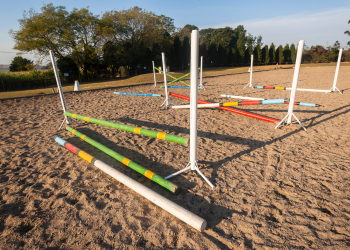
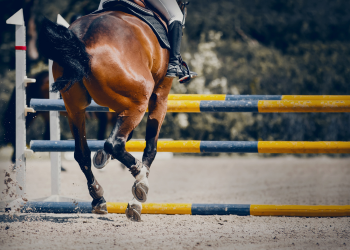
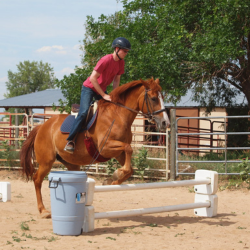
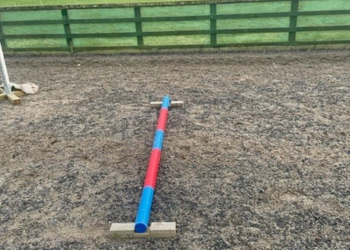
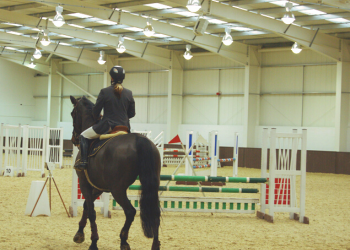
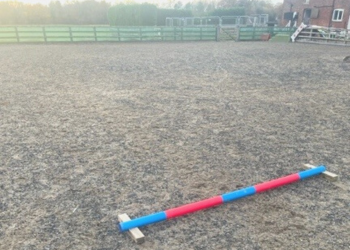
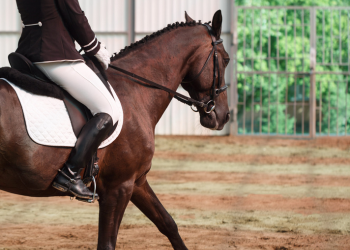

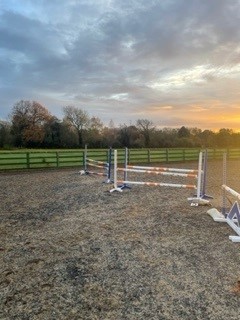
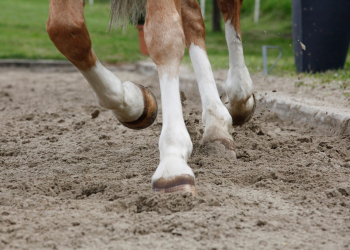
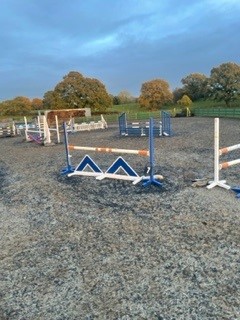
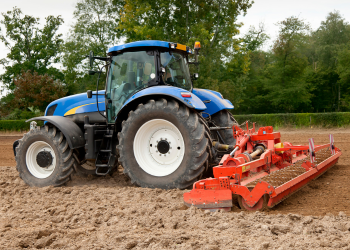

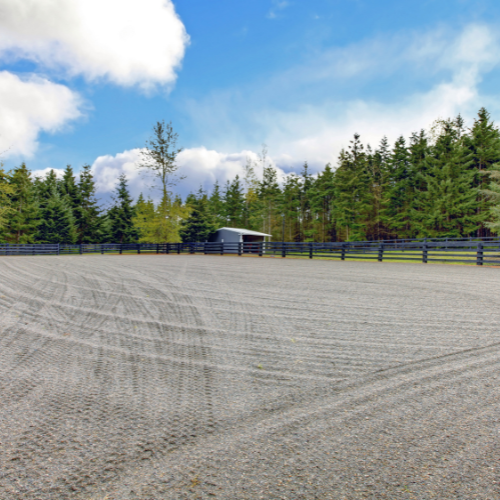

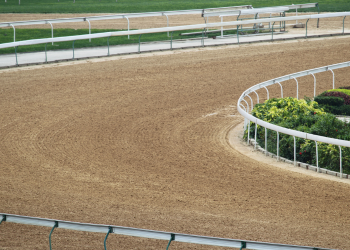
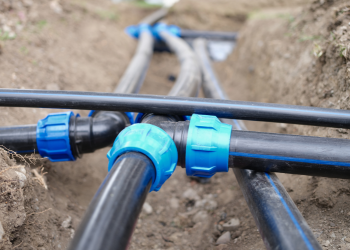
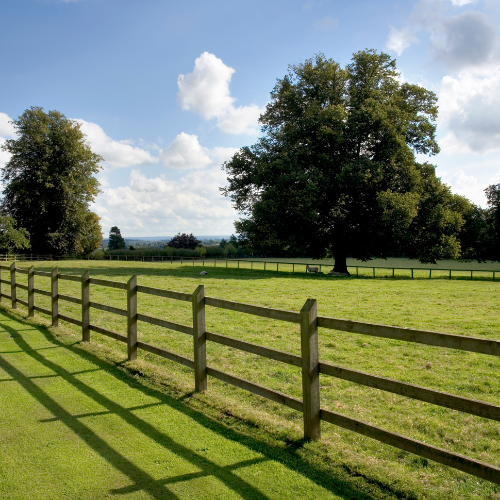
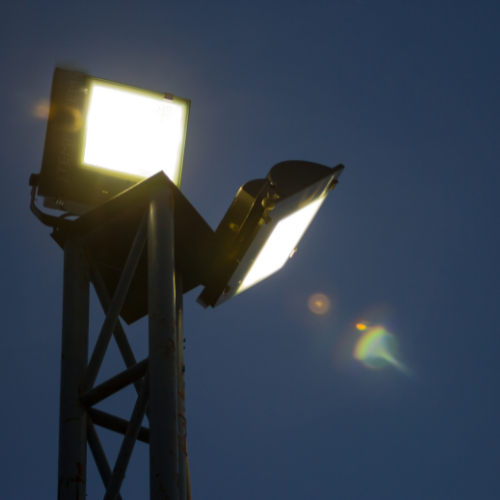
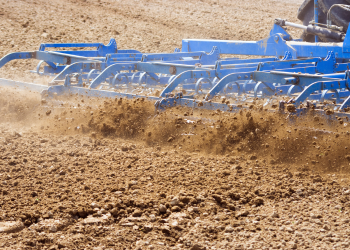
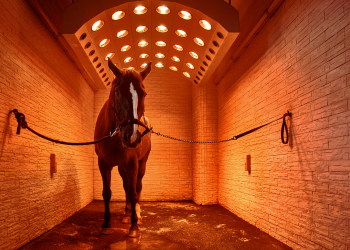


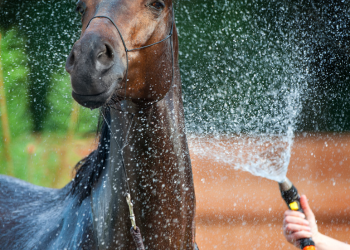
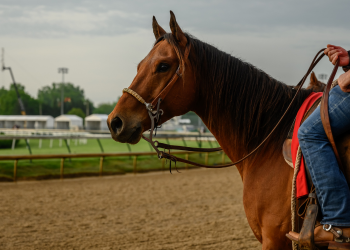
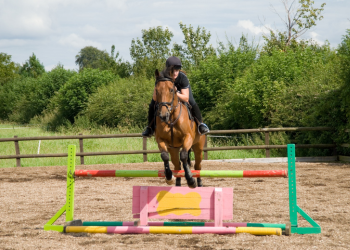
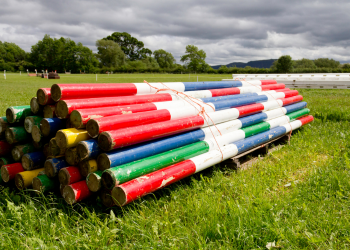
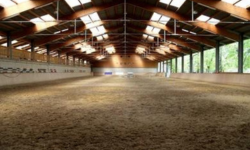
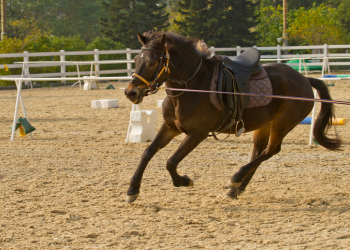
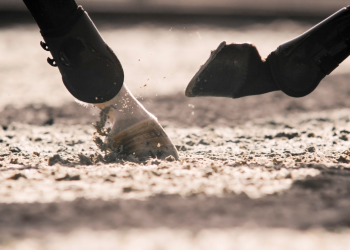
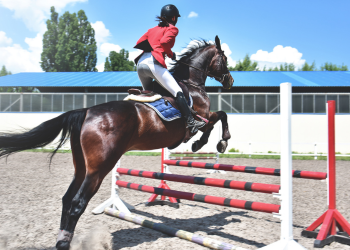
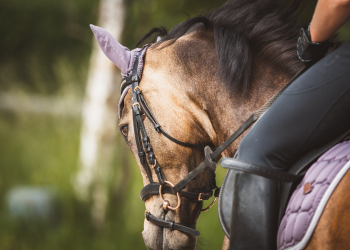
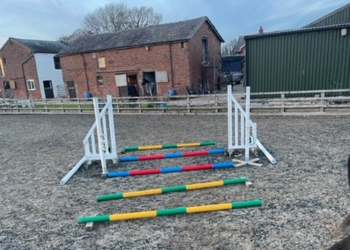
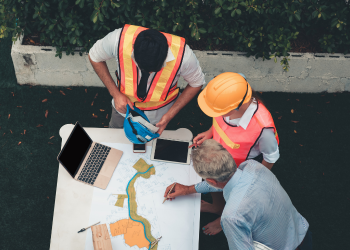
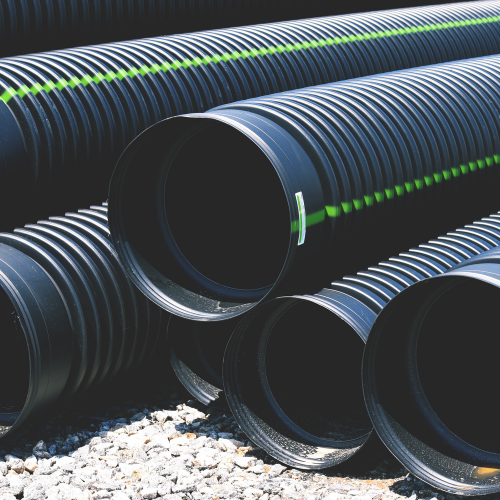
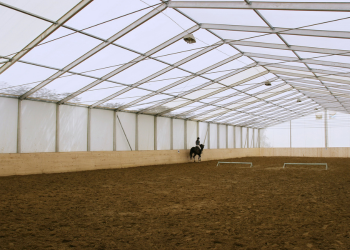
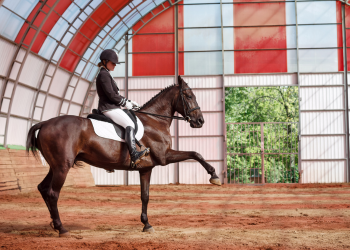
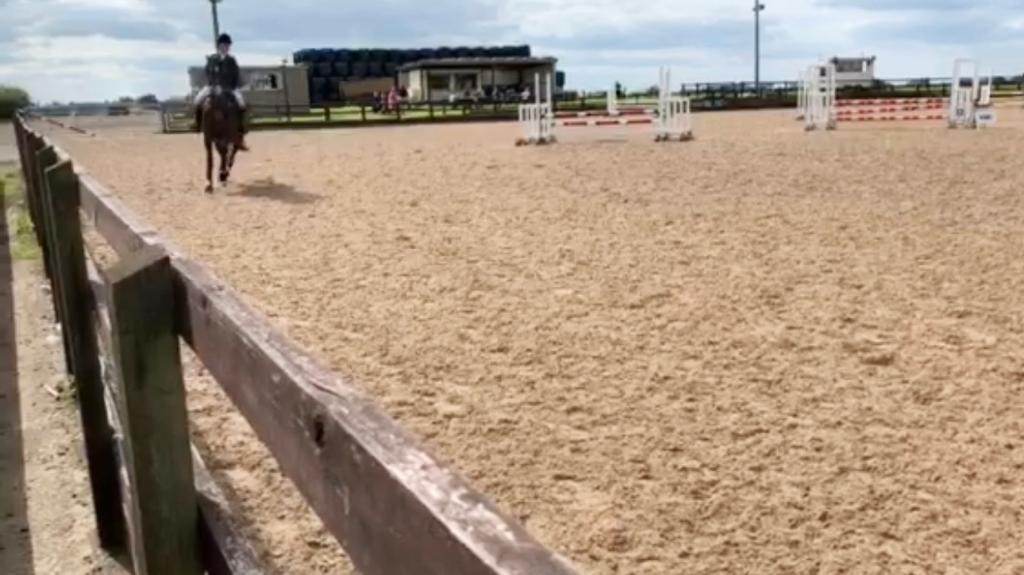
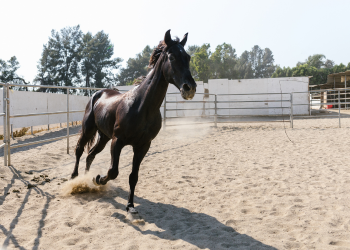
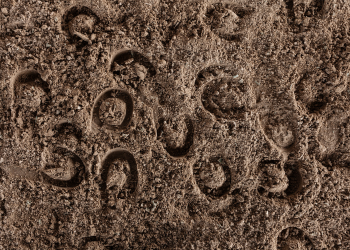

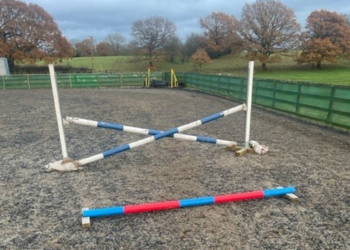


We Aim To Reply To All Enquiries With-in 24-Hours